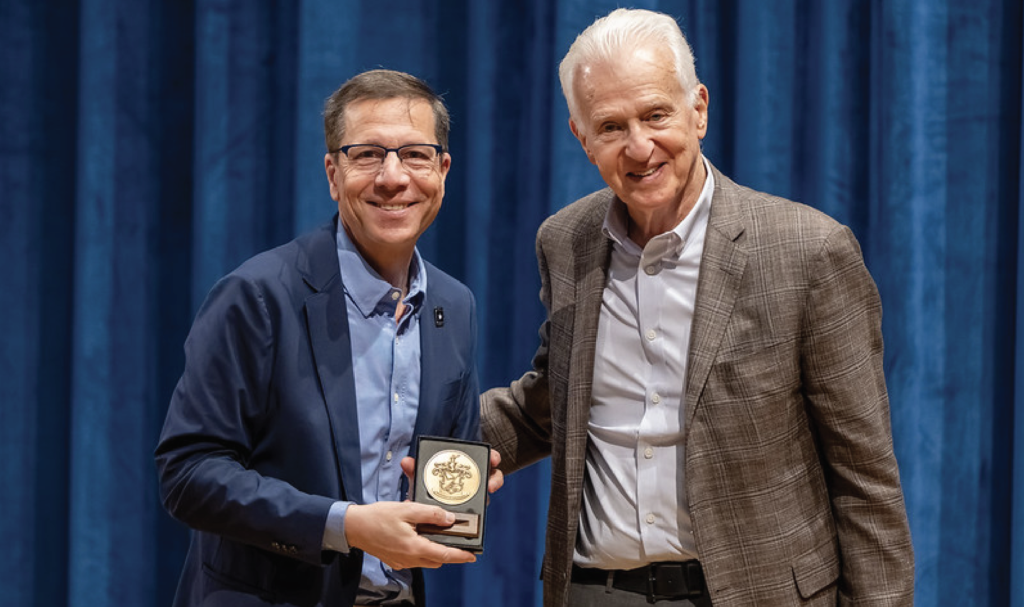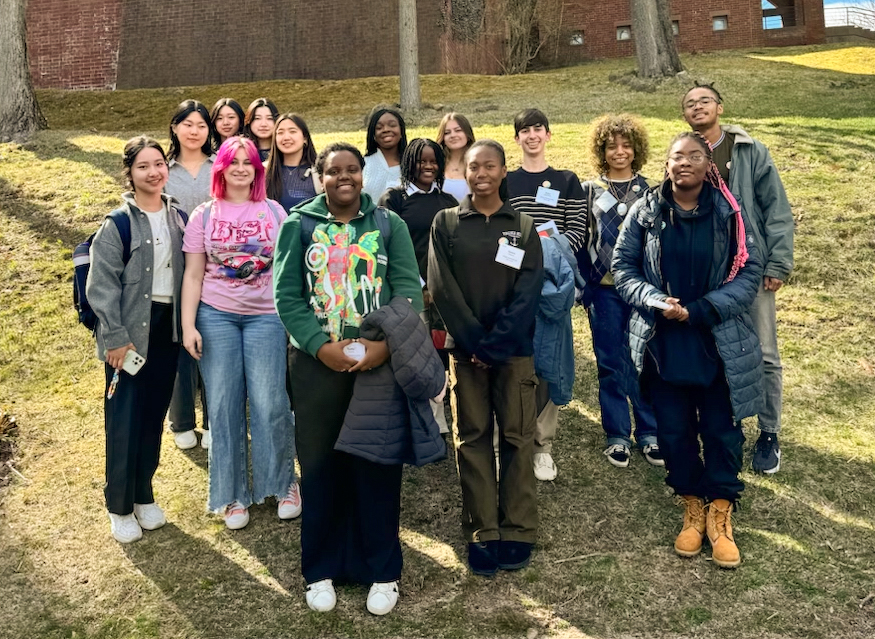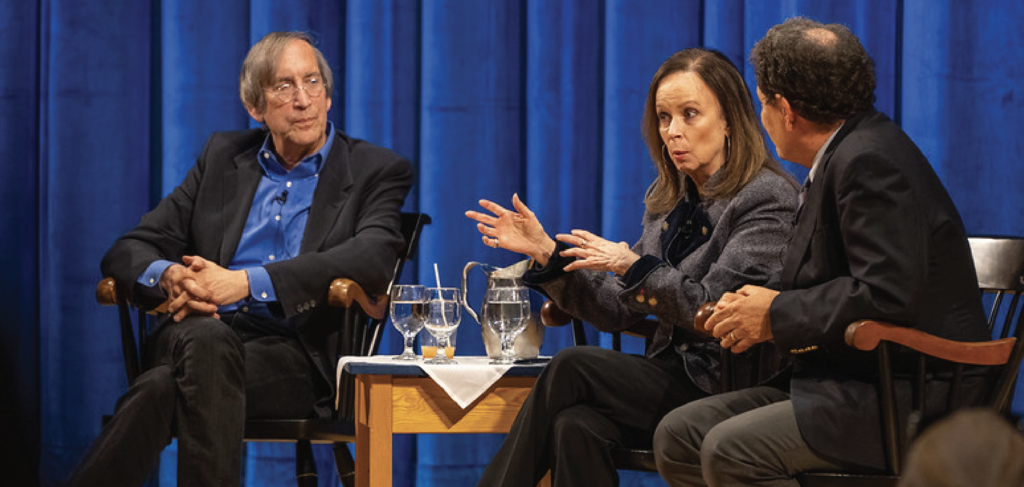And Facilities said, “Let there be heat,” and there was heat.
As autumn morphs into winter, students inevitably begin the annual round of complaints about the belated heat in dorms. From the average student’s perspective, the underlying workings of the heating system consist of someone sitting in a dark room flipping a magical switch. Alan Luo ’18 said the other day, “I know that there are systems in place to optimize when the heating comes on and that the Lanphier Center has…” he paused. “Actually, I don’t know. I don’t know anything.” Here’s how Jeff Niu ’16 put it: “I live in a room. Heat goes in. There is a heating system.”
Many think that, when summer’s finally over and the cold creeps onto campus, Community Safety comes around to each dorm and turns on the heating units. Incorrect. Choate’s heating system is far more intricate and sophisticated.
Mr. Steve Cahoon, Manager of Energy Management Systems, graciously explained how the heating system is turned on, the different types of systems, and how the school maximizes energy efficiency. Regarding the first, computer systems are in place to determine the optimal time to enable the heat. Naturally, the primary consideration is outdoor air temperature, specifically when it starts to consistently fall below 50 degrees Fahrenheit in the evenings. For example, even though students felt an early fall chill, the average temperature this fall only dipped down to 50 degrees Fahrenheit for a few days. Therefore, since the average temperature has not consistently been 50 degrees Fahrenheit or lower, the heating in buildings such as dorms has not turned on yet.
After the heat is enabled, students and faculty can typically then turn on and control temperatures on a room-by-room basis. Some dorms also have thermostats in faculty apartments, so that faculty can control at what temperature the heat turns on for that dorm.
Heating systems vary considerably across campus, according to the type of building and how recently it was built or renovated. These include steam, hot water, radiator, fan, forced air, heat pump, and electrical. The more recently renovated dorms tend to have fan units that use hot water in each room, while older dorms, such as Squire Stanley, have big radiators that use steam or hot water. Lanphier uses a forced air system, meaning that each room contains a device that changes the amount and temperature of the air that enters the room, allowing individual rooms to be heated or cooled. The KEC, as well as Bernhard and Tenney, use heat pump units as part of a geothermal well system. As students who have taken physics may vaguely recall, instead of depending on outside air temperature, this system runs beneath the ground, where the more stable temperature acts as a source or sink for heat, depending on the season. In the winter, when underground is warmer than the air, it enables a more efficient transfer of heat.
Thanks to the efforts of organizations such as the C-Proctors, most students are well versed in methods of heat conservation: close windows to minimize heat loss and turn off the heat during the day. Mr. Cahoon stressed the importance of the former: “We’ve had issues where pipes have frozen because it got cold enough with the draft through the open window.” He added, “So, especially for vacations, it’s important to close the window.”
The heating systems themselves are also designed to be energy efficient. For example, since classroom buildings and office areas tend to be vacant in the evenings and weekends, the temperature is lowered during those times. Newer buildings, such as Lanphier, also have additional systems in place to conserve energy. For example, the glass windows are designed to minimize heat loss. As Mr. Cahoon summarized, “We try to conserve where can, but we also try to maintain comfort level.” He explained, “We try to get newer, energy efficient equipment that make it easier to heat and cool the buildings.”
Thus, the great mystery of the Choate heating system is solved. Although, with the variety of heat systems around campus, students may be best off just wearing an extra sweater.





